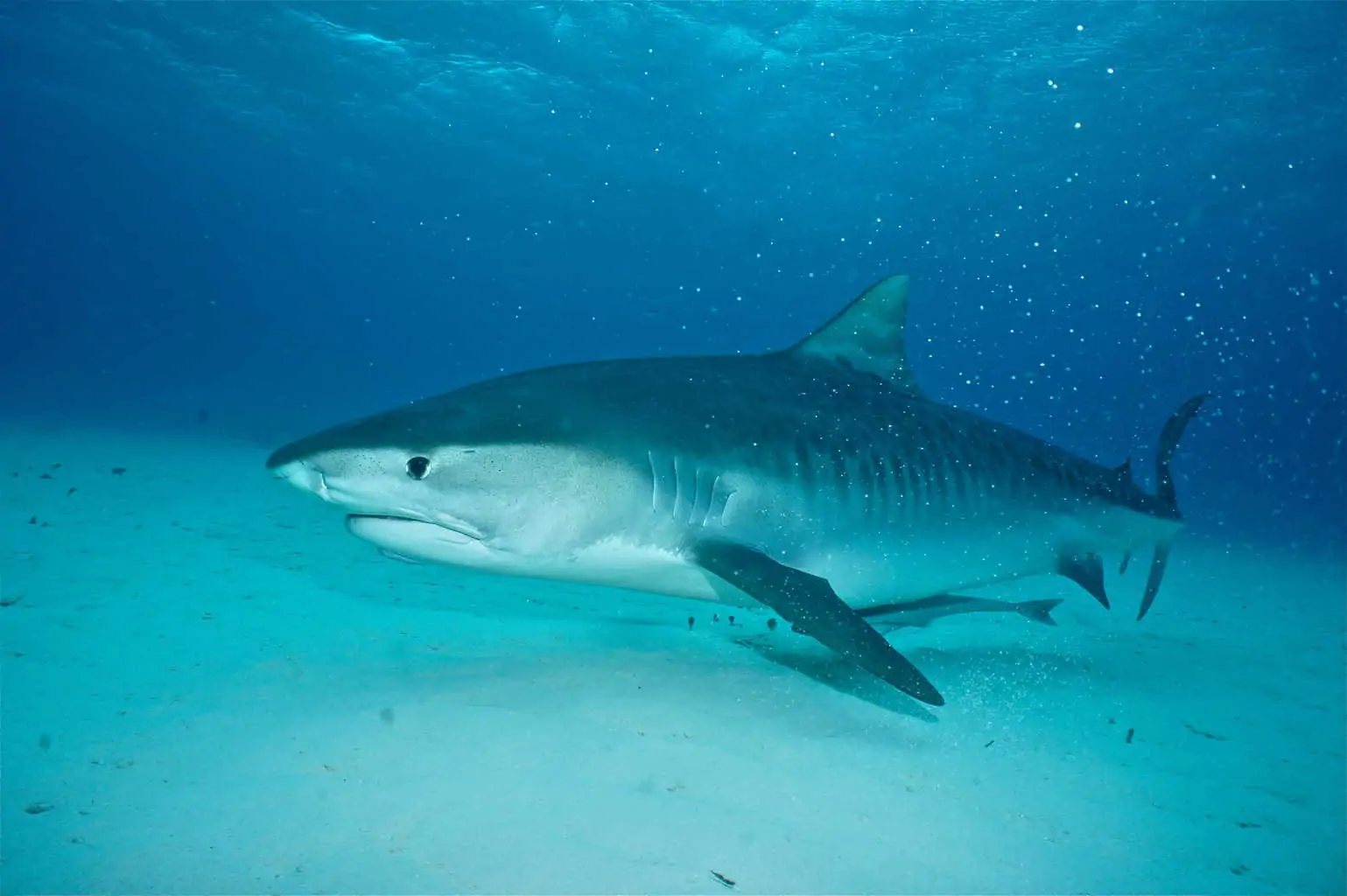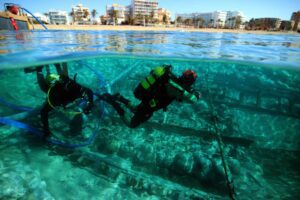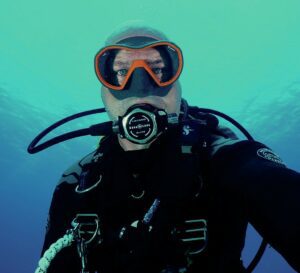Scientists have calculated that tiger sharks are most active and abundant in coastal waters of around 22 degrees.
“Our study suggests that 22 degrees is not too cold for the animals and it's not too hot for them,” said Dr Nicholas Payne of Queen's University Belfast and the University of Roehampton, who led the research. “It's about right in terms of their optimal preference for temperature.”
In the new study, researchers attached accelerometers – small tags resembling Fitbits – to tiger sharks off Hawaii to monitor their swimming activity levels. These tags measure water temperature and have a motion sensor to track swimming speeds, offering an idea of how temperature affects their activity.
They then analysed decades of records on catch rates of the species spanning Australia’s eastern coastline, to establish where the sharks were most abundant.
The study was published recently in the journal Global Change Biology and could help to identify new ways of predicting when and where tiger shark attacks could happen.
Rising coastal water temperatures of one or two degrees ‘could lead to a southern shift in the population of tiger sharks,’ according to the BBC News report.
“At the same time places like Sydney might start to see more tiger sharks during winter months whereas at the moment you very rarely see tiger sharks in Sydney in winter,” Dr Payne told the outlet.
Dr Payne also said the study is important for both the ecology of the species and management. He commented: “How we manage risks associated with potentially dangerous shark species is a difficult issue for authorities. Building our understanding of the biology and ecology of dangerous species might enable us to develop shark management strategies that don’t rely solely on killing sharks.”
“In parts of northern Australia, we close beaches and use public awareness campaigns to minimise injury caused by marine stingers; this management strategy is based on our knowledge that dangerous jellyfish only appear on those beaches under certain weather conditions, including when the water is warm,” he added.








